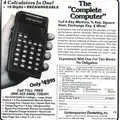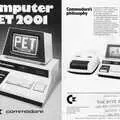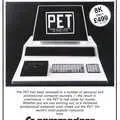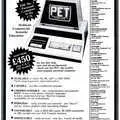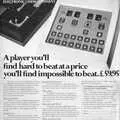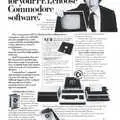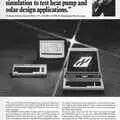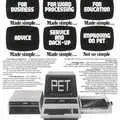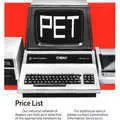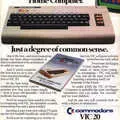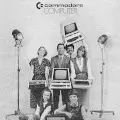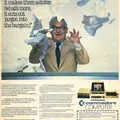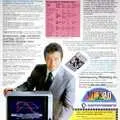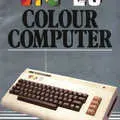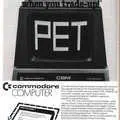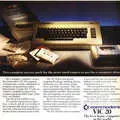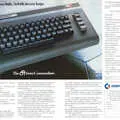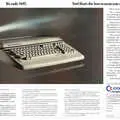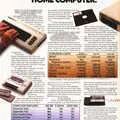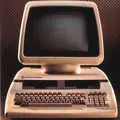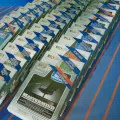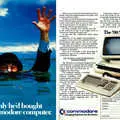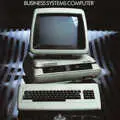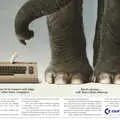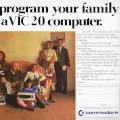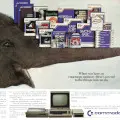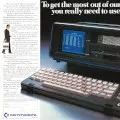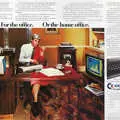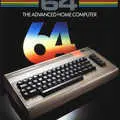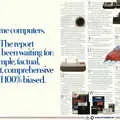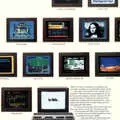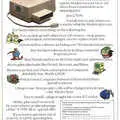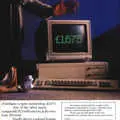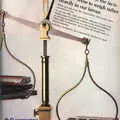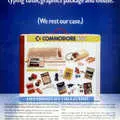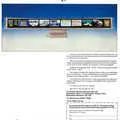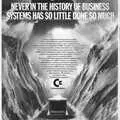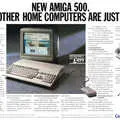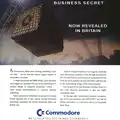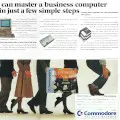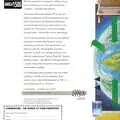
Commodore Advert - May 1979
From Personal Computer World
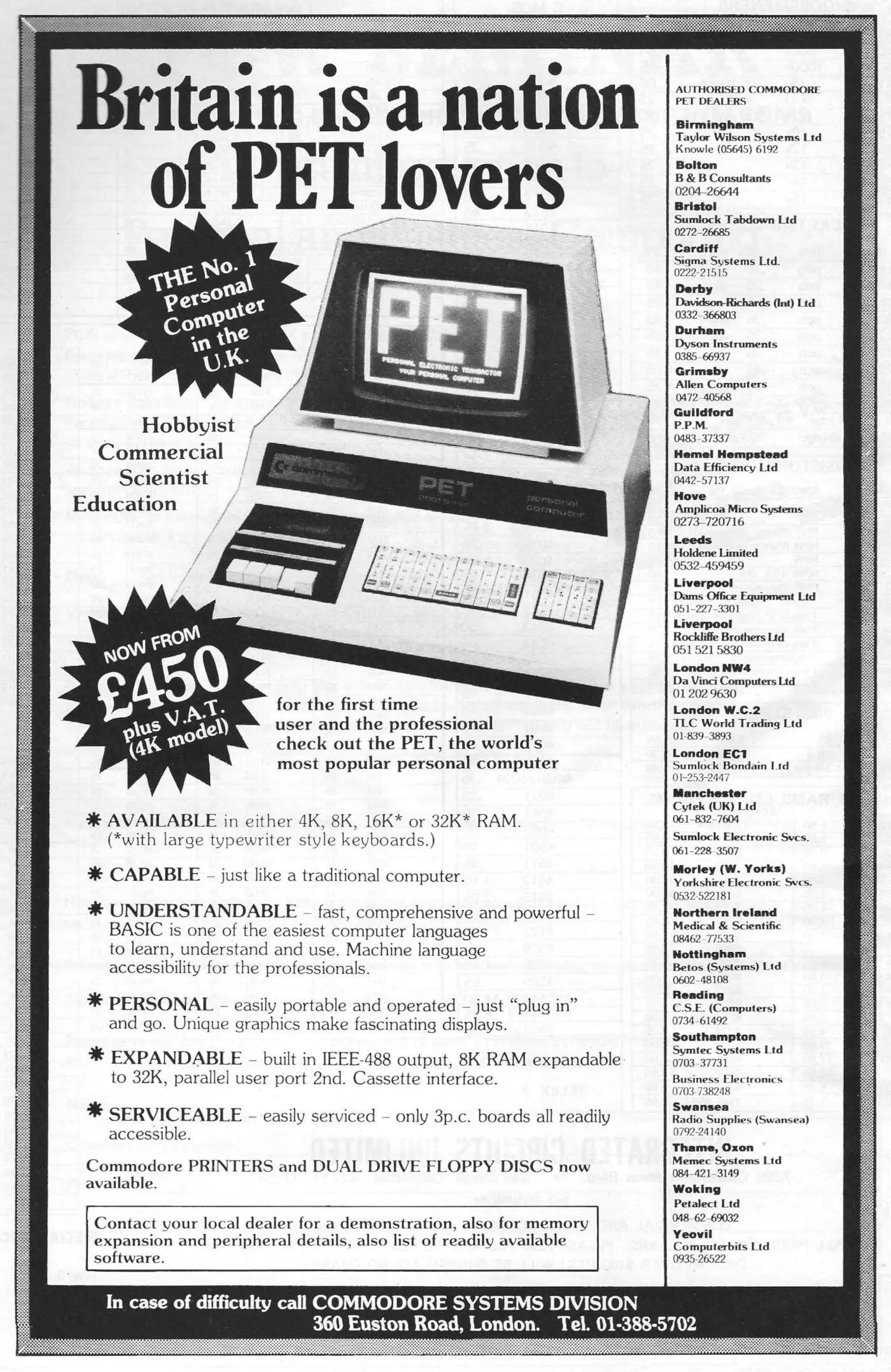
Britain is a nation of PET lovers - the No. 1 computer in the UK
This advert shows the original Chiclet-style 4K PET, retailing for £520 inclusive - about £3,730 in 2025 terms. At around this time, the newer 4000 series - 16K and 32K models, with a proper keyboard - were also out, meaning that these older models were being targetted more at entry-level and first-time users.
The advent of the new model meant that it was possible to work around one of two well-known PET bugs. One of these infamous issues was demonstrated by Canadian PET software legend Jim Butterfield at the North London Polytechnic Computer Club in 1979.
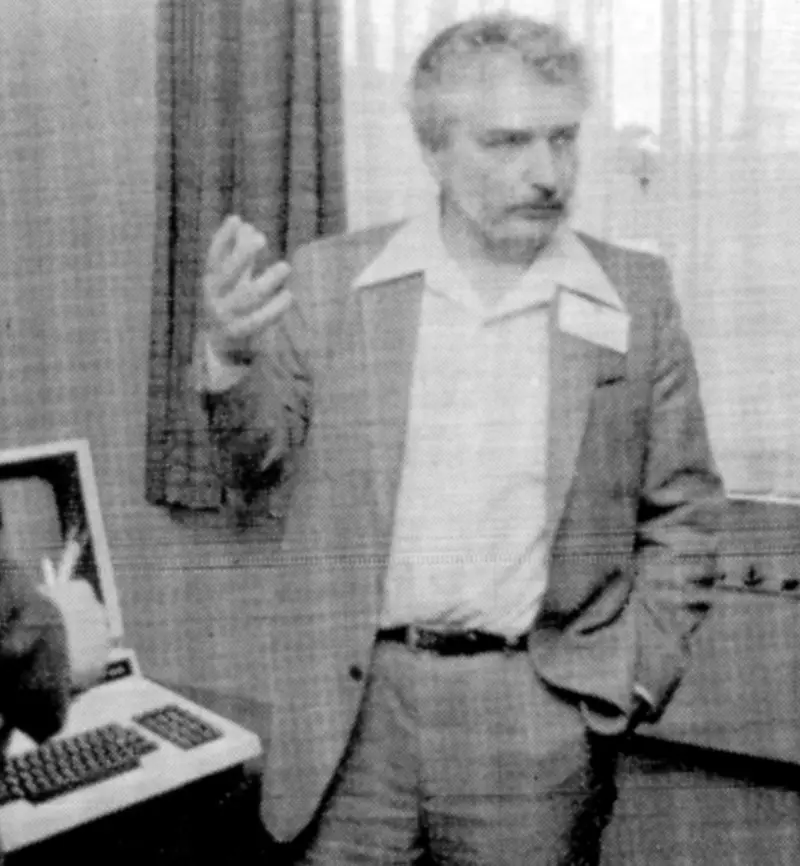
Jim Butterfield in a hotel room somewhere, from Commodore Computing International, April 1982Butterfield, author of "The First Book of KIM" which was aimed at the PET's predecessor - MOS Technology's KIM-1 6502 board, explained how the bug occured when writing in machine code, a process which he declared was "still a nightmare" despite the availability of at least seven assemblers.
If an assembly-language program was edited and a three-letter "op code" was turned in to a two-letter one and the left-over character happened to be a "2", then this was interepreted as a superbly-named "Halt and Catch Fire" instruction, which would result in a deadlock.
The only way out was using the "reset" wire that the 6502 processor made available, but unfortunately this also wrote the character "A" in to every byte of memory by way of a restart test, destroying whatever program was previously resident.
The fix involved some soldering and "some complex keyboard work" but would only work on the second-generation PET.
The other, more conventional, bug would also result in a deadlock and involved giving an instruction to perform the previous instruction. From this there was no escape other than turning the PET off[1].
Date created: 01 July 2012
Last updated: 11 December 2024
Hint: use left and right cursor keys to navigate between adverts.
Sources
Text and otherwise-uncredited photos © nosher.net 2025. Dollar/GBP conversions, where used, assume $1.50 to £1. "Now" prices are calculated dynamically using average RPI per year.
